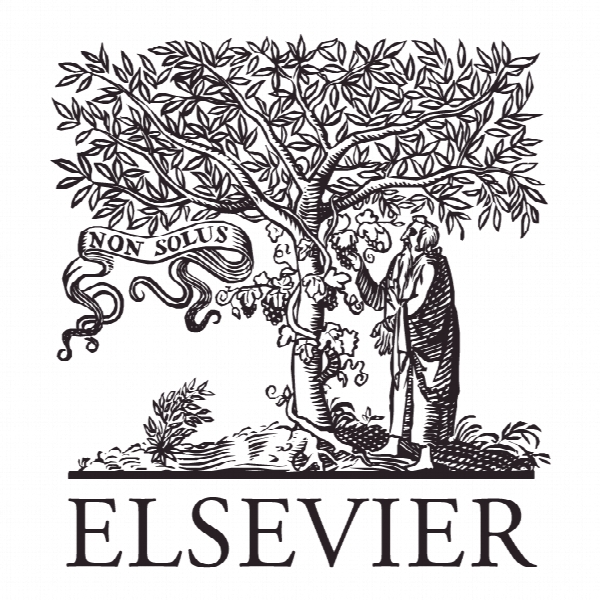اندازه گیری های کمی روش های عمل آوری برای عرشه پل بتنی Quantitative measurements of curing methods for concrete bridge decks
- نوع فایل : کتاب
- زبان : انگلیسی
- ناشر : Elsevier
- چاپ و سال / کشور: 2018
توضیحات
رشته های مرتبط مهندسی عمران
گرایش های مرتبط سازه
مجله ساخت و ساز و مصالح ساختمانی – Construction and Building Materials
دانشگاه School of Civil & Construction Engineering – Oregon State University – United States
منتشر شده در نشریه الزویر
کلمات کلیدی پل، کلرید، عمل آوری، لیتیم سیلیکات، پلی (آلفا متیل استیرن)
گرایش های مرتبط سازه
مجله ساخت و ساز و مصالح ساختمانی – Construction and Building Materials
دانشگاه School of Civil & Construction Engineering – Oregon State University – United States
منتشر شده در نشریه الزویر
کلمات کلیدی پل، کلرید، عمل آوری، لیتیم سیلیکات، پلی (آلفا متیل استیرن)
Description
1. Introduction After casting concrete it is typically necessary to maintain suffi- cient moisture content on the surface to sustain hydration [1]. This process is called curing [2]. Maintaining the moisture in concrete promotes reaction of the binder to develop a torturous and strong microstructure [1–3]. A torturous microstructure will reduce the drying rate and the ingress of fluids and external ions. This means that curing can improve the long-term durability of concrete [4–6]. Wet curing continuously supplies moisture to the surface of the concrete [1,2]. However, there are challenges in curing concrete elements that dry from one side, such as pavements [2,7,8]. For example, concrete pavement in a dry environment can suffer from large differential drying shrinkage after the termination of wet curing which can lead to dimensional instability, called curling [9–13]. Some have suggested that a possible alternative could be to use curing compounds instead of wet curing. While wet curing must be removed from the surface to allow traffic on the structure, curing compounds can stay in place until they are worn off the concrete surface [14,15]. Curing compounds have their own challenges. For example, the amount of curing compound needed depends on the ambient conditions, surface texture, and product being used [16]. Therefore, it has been suggested to apply them in two layers to ensure a uniform coverage [17–20]. Two recently developed curing compounds are investigated in this paper. The first is based on Poly(alpha-methylstyrene) or PAMS, which has been reported to be very effective in reducing the moisture loss and drying shrinkage induced curling [16,21]. This work also investigates a lithium silicate curing compound that has been reported to cure concrete and reduce the cracking in bridge decks [22]. The lithium silicates are reported to react with calcium hydroxide to generate calcium silicate hydrates and cause a densification near the surface [23,24].


